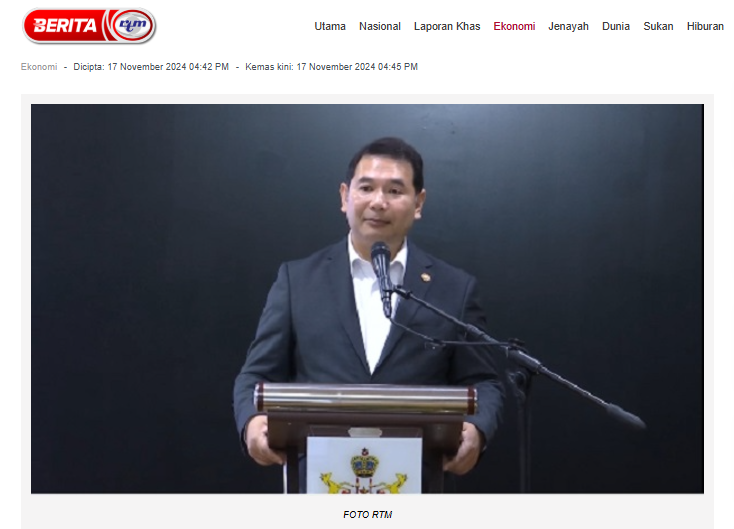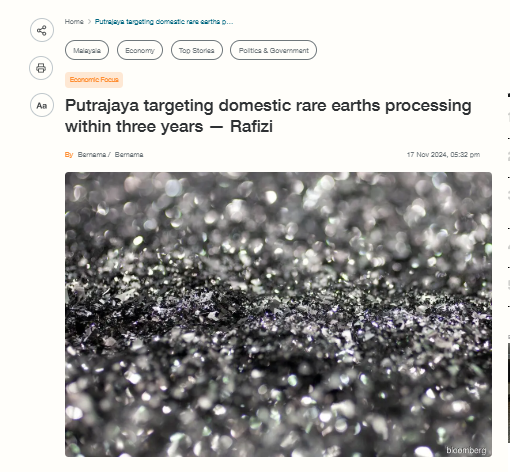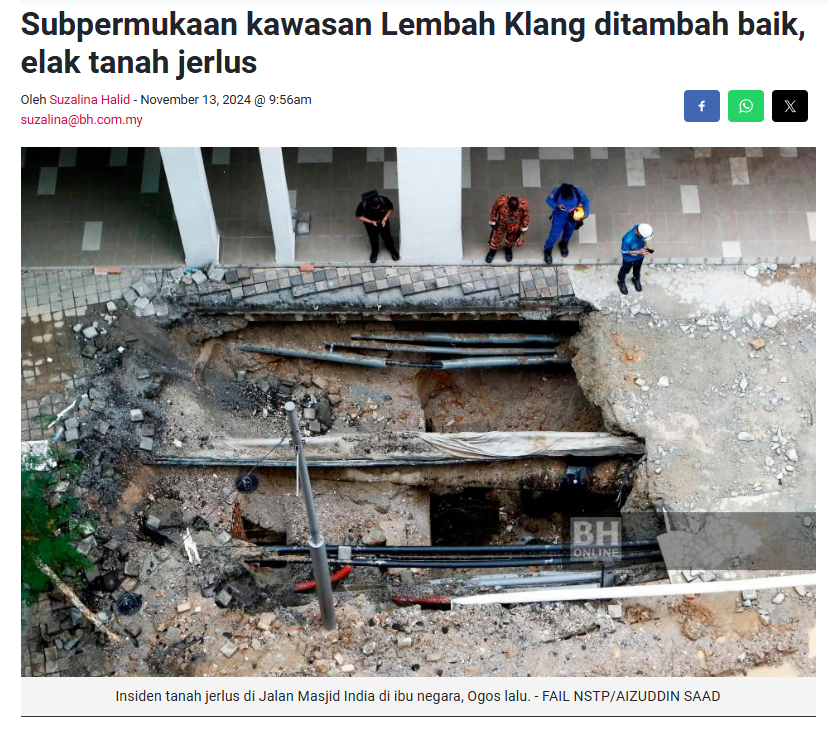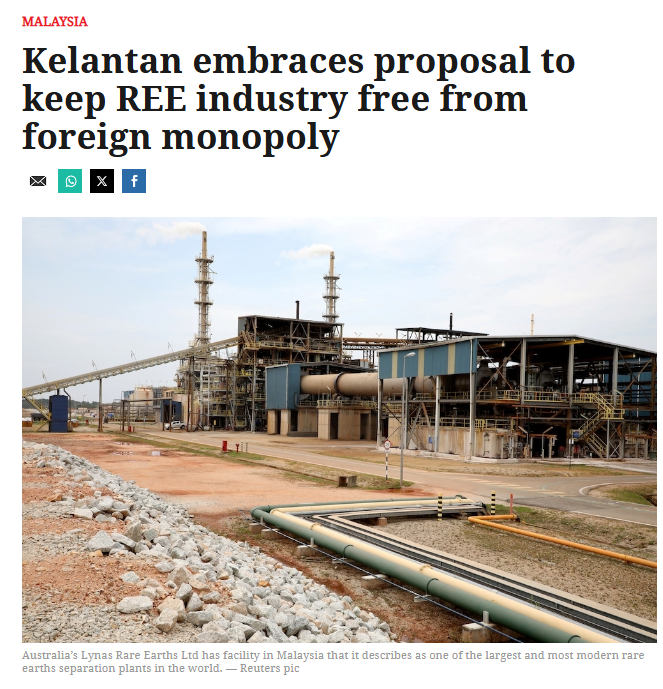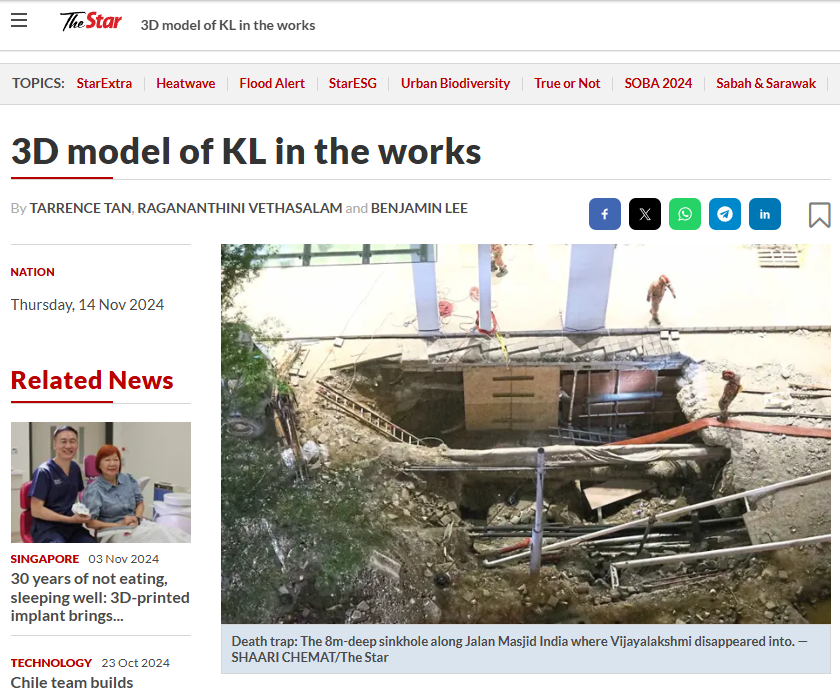KOTA BHARU, 17 November- Satu rangka kerja dan strategi ekonomi biru sedang dibangunkan Kementerian Ekonomi dan dijangka siap menjelang akhir 2025, kata Menterinya Rafizi Ramli.
Beliau berkata ekonomi biru ini melibatkan industri berkaitan laut seperti perikanan, di samping turut menggunakan laut sebagai sumber untuk menjana tenaga.
“Negeri-negeri yang ada potensi untuk ekonomi biru adalah Kelantan dan Terengganu terutamanya kerana ada pesisir pantai yang panjang dan juga secara tradisi memang ada aktiviti perikanan yang lebih lama di sini,” katanya.
Beliau berkata demikian dalam sidang media selepas Sesi Libat Urus Rancangan Malaysia Ke-13, (RMK13) Kementerian Ekonomi bersama Kerajaan Negeri Kelantan di Kompleks Darulnaim.
Rafizi juga berharap kerjasama dengan Kerajaan Negeri dapat dijalin bagi meneroka potensi ekonomi biru setelah rangka kerja berkenaan dimuktamadkan dan dilancarkan oleh Kerajaan Persekutuan.
Dalam perkembangan lain, Kerajaan menyasarkan unsur nadir bumi (REE), dapat diproses dalam tempoh tiga tahun lagi.
Menurutnya, teknologi untuk memproses REE ketika ini hanya terdapat di China dan perbincangan lanjut berhubung perkara itu sedang dilakukan.
“Cabarannya ialah untuk dapatkan teknologi memproses REE itu di dalam negara ini. Perkara ini dibincangkan di peringkat Kerajaan dengan Kerajaan dan saya dimaklumkan ia menjadi agenda perbincangan antara Perdana Menteri dengan Kerajaan China dan kita menunggu perkembangan ini.
"Sekiranya ia dapat diproses, ia memudahkan negeri untuk mengawal selia dan melesenkan perlombongan mereka untuk pembangunan REE."
Media sebelum ini melaporkan, Kerajaan tidak berhasrat mewujudkan satu syarikat monopoli bagi pengurusan REE di negara ini, seperti PETRONAS dalam bidang minyak dan gas.
Menteri Sumber Asli dan Kelestarian Alam, Nik Nazmi Nik Ahmad sebaliknya berkata, Kerajaan akan menggunakan Akta Pembangunan Mineral 1994 dan peruntukan dalam Perlembagaan Persekutuan sedia ada untuk menguruskan REE.


